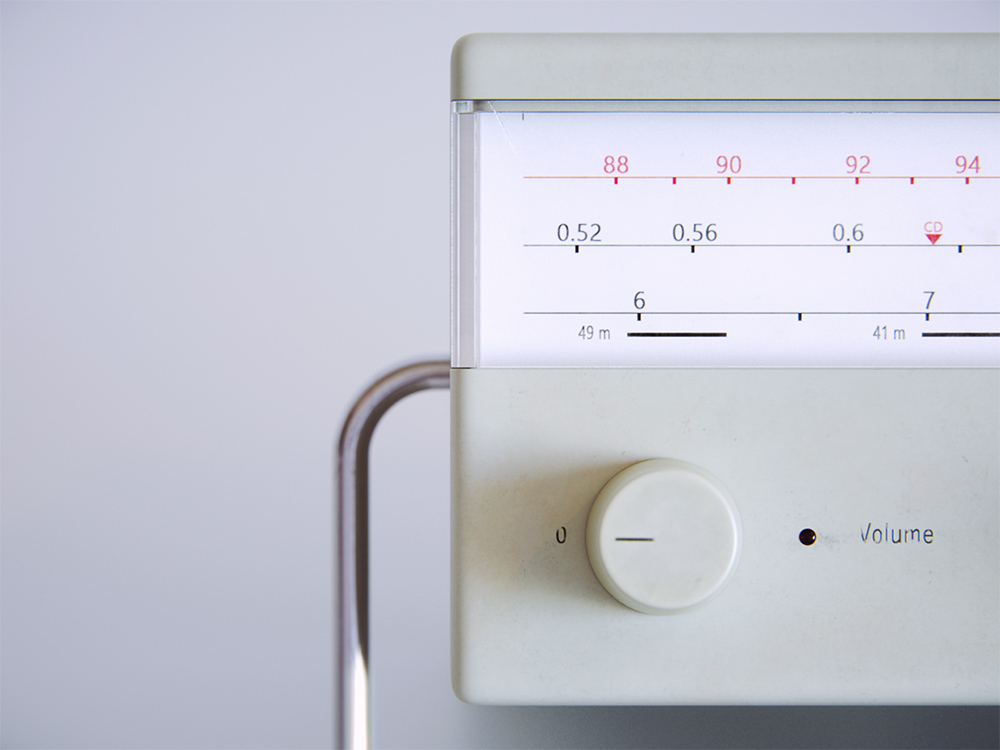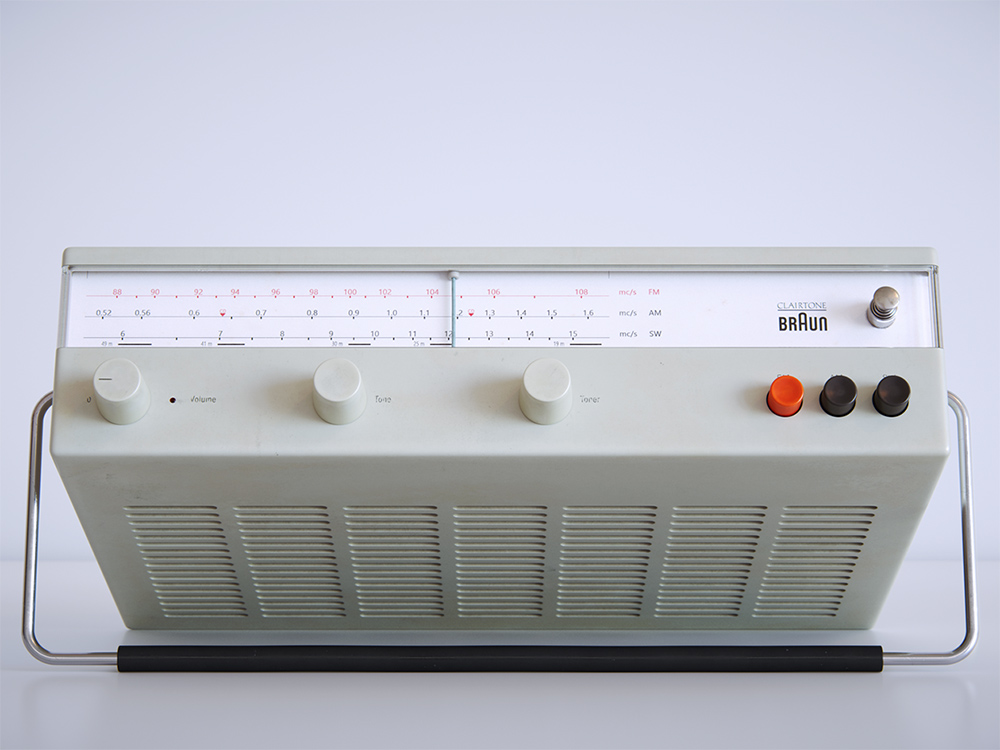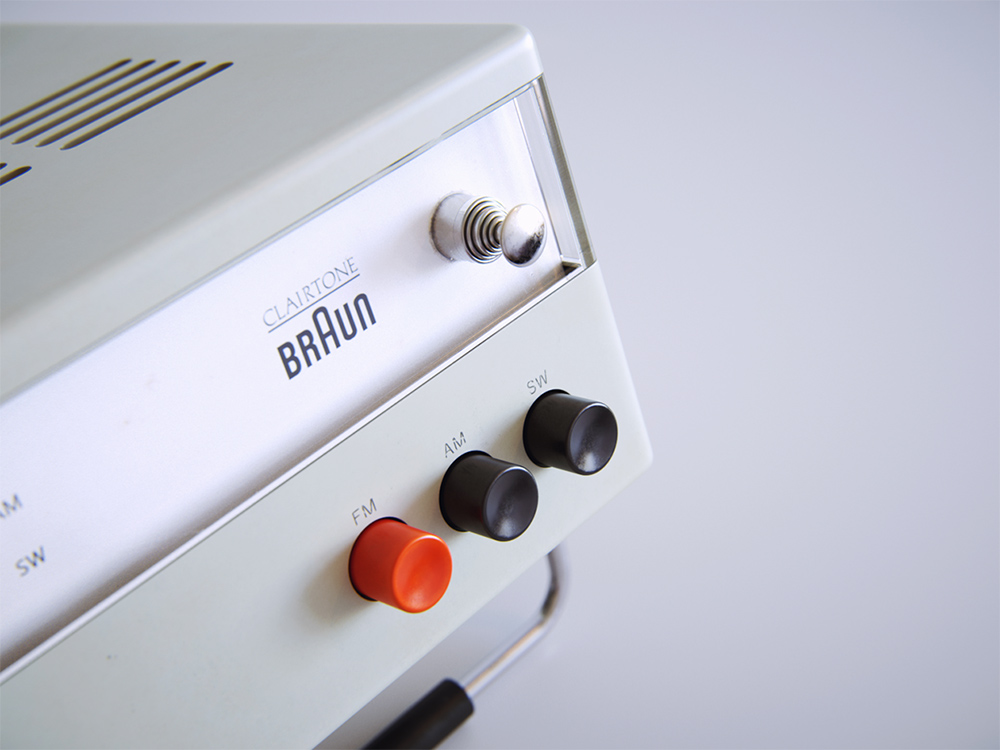The 1950s also marked the beginning of the product that Braun is most known for today: the electric shaver.
The S 50 was the first electric shaver from Braun. The shaver was designed in 1938, but World War II delayed its introduction until 1951. It featured an oscillating cutter block with a very thin, yet very stable steel-foil mounted above it. This principle is still used in Braun’s shavers of today.
The 1950s also saw the start of kitchen appliances, like the mixer MX 3 and the kitchen machine Braun KM 3. The KM 3 is a family of food processors which started with the model KM 3/31 in 1957. Designed by Gerd Alfred Müller, these machines were built in nearly unchanged form for 36 years, until 1993.
In 1962, Braun became Braun AG, a publicly traded company. In 1963, the company started distributing microphones by U.S. manufacturer Shure in Germany. Also during the 1960s, Braun created the Rams-designed T3 pocket radio. By this time, Braun’s film slide projectors were featuring high-quality optics and all-metal construction combined with sleek functionalist styling, and competed with higher-end Eastman Kodak and Leitz products in the global market. Braun also started distributing in Germany high-end medium-format SLR system-cameras produced by Japanese camera manufacturer Zenza Bronica, as well as Braun-Nizo brand cameras and Super 8 film cameras (formerly of Niezoldi & Krämer GmbH; purchased by Braun in 1962). In 1967, a majority share of the company was acquired by the Boston, Massachusetts-based conglomerate Gillette Group.
Question everything generally thought to be obvious.
Dieter Rams
Erwin Braun, one of Max Braun’s sons, took on the sales agency of the LECTRON system product line in 1967. He was very interested in making the teaching of electronics approachable to students all over the world. The LECTRON system was a simple but ingenious product which fit the bill perfectly. The LECTRON System was introduced to the German marketplace in 1966 by Egger-Bahn. An electronic component such as a resistor was placed inside a transparent flat cube with a white cover on the top of which had the electronic symbol and its value. The blocks containing different components and types of connections could be put together to form a working circuit with the schematic diagram of the circuit illustrated by the symbols on the top of the block.
The blocks were held together with the use of magnets behind the conductive plates on the sides and bottom of the block. In 1972, due to pressure from Gillette, the LECTRON assets were sold off to Manfred Walter, the manager of the LECTRON product line at Braun. Mr. Walter formed Lectron, GmbH in 1972 to continue selling and developing the LECTRON product line. Mr. Walter retired and gifted the LECTRON assets to the Reha-Werkstatt Oberrad in 2001. The RWO continues to manufacture and sell the LECTRON system to this day.
By the 1970s, Braun had begun to focus on home consumer appliances, including shavers, coffee makers, razors, clocks, and radios. The company’s line of film slide projectors and hi-fi products was discontinued. In 1998, Braun AG was transformed into a privately held company.


